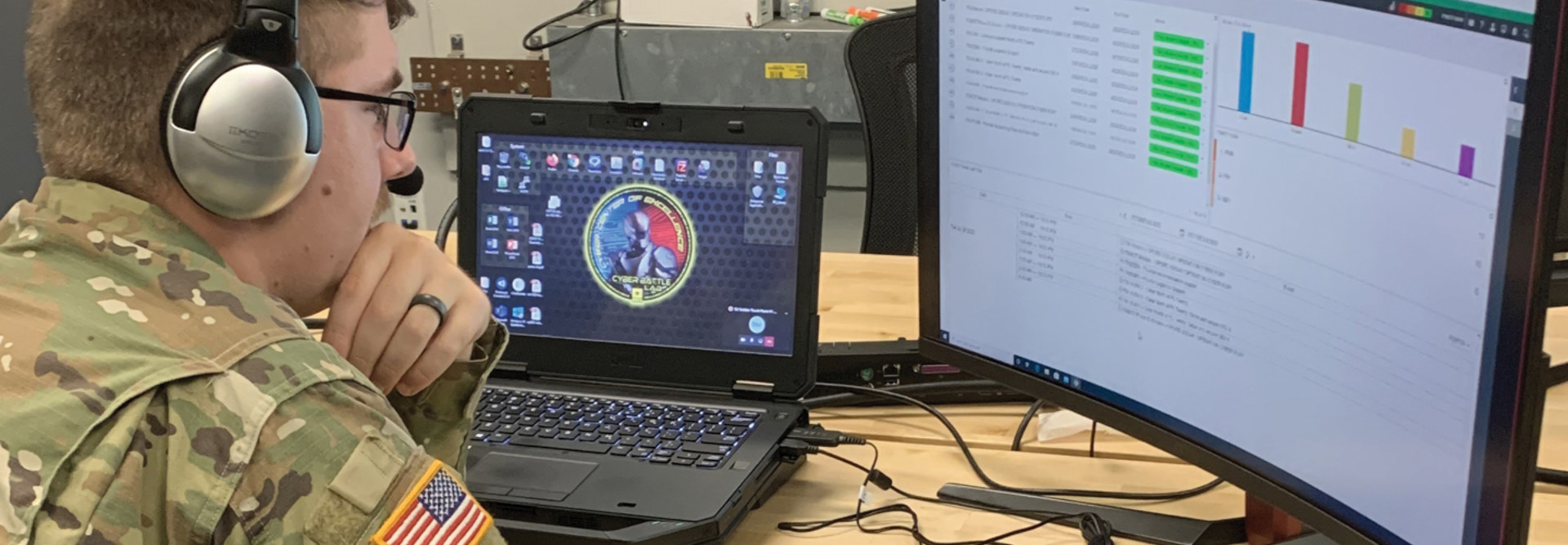‘Software Factory’ Aims for Modern App Development
Meanwhile, the Army is moving ahead on other internal projects aimed at modernizing its approach to software. The software factory is modeled on the Air Force’s Kessel Run agile software development approach, and the goal is to enable Army personnel to quickly use cloud and modern software development to solve problems on the battlefield.
Maj. Vito Errico, Army Futures Command’s special assistant to the commanding general and software factory lead, said during a press briefing that the software factory is “about preparing our workforce for that future operating environment,” according to National Defense Magazine.
“We won’t necessarily be able to rely on a contracted presence or some kind of reach-back capability to higher echelons to diagnose different information technologies that soldiers will be using in the future or to potentially code our own solutions on the spot when faster decision cycles are needed on the battlefield,” Errico added.
That echoes what Errico said in July, when he noted, according to FCW, that talent development and retention were key aspects to the factory. “This is very much about talent utilization, talent retention,” he said. “We’re emphasizing the people aspect of these software factories just as much as the technology aspect.”
Separately, earlier this summer the Army’s 101st Airborne Division started testing a software repository that allows the deployment of the most current versions of software and software patches, SIGNAL magazine reports. The effort is one of the major initiatives to resolve the service’s challenges in updating and securing systems to enhance operational readiness.
Maj. Gen. Mitchell Kilgo, commanding general of Army Communications-Electronics Command (CECOM), noted in July at the virtual Army 2020 Signal Conference that software is embedded not just in soldiers’ computers but also in their radios, aircraft and vehicles. Being on the battlefield with outdated or unprotected software could increase the risk to soldiers.
The publication reports:
It will be hosted by the Defense Information Systems Agency on both the Secure Internet Protocol Router Network and the Non-secure Internet Protocol Router Network. The repository will include every kind of software CECOM supports, and it will allow units to download new software or patch old software at their convenience.
The software repository has been in development for several years, but SIGNAL reports that the Army wants it live this year and that it should be available to the entire Army around the middle of fiscal year 2021, which starts Oct. 1.











